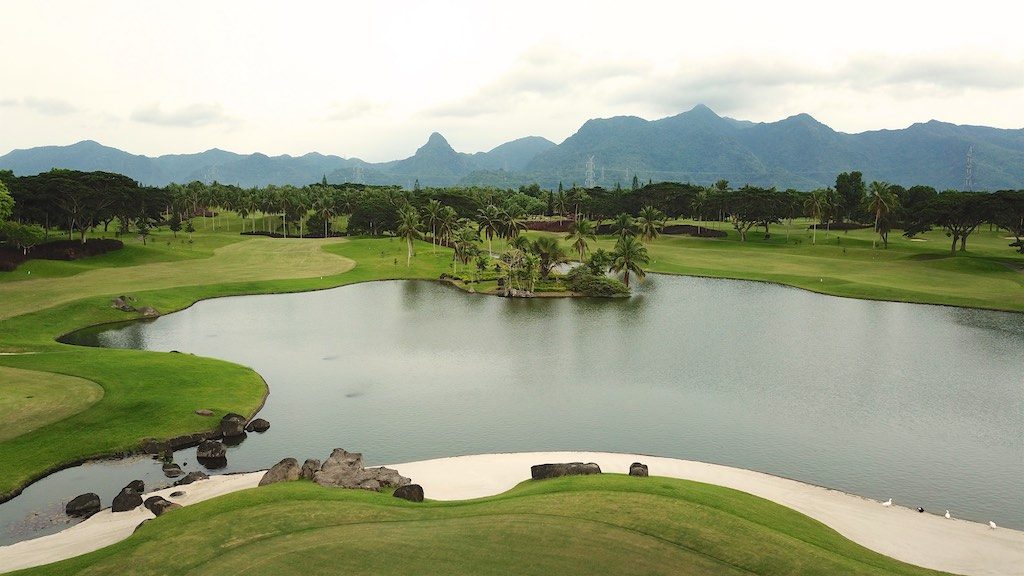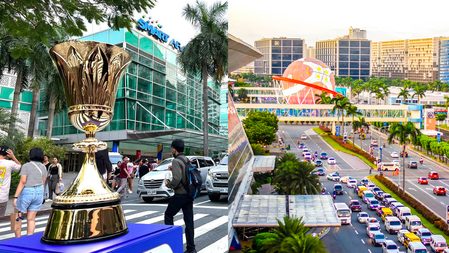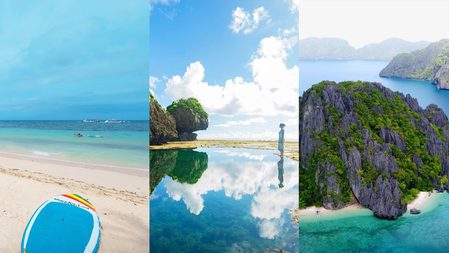SUMMARY
This is AI generated summarization, which may have errors. For context, always refer to the full article.

MANILA, Philippines – When you think of luxurious golf courses and lush greens, the Philippines may not be the first country to come to mind. The Department of Tourism (DOT) wants to change that.
The Philippines is now hoping to market itself as the go-to Southeast Asian destination for high-spending golf tourists. During the first-ever Philippine Golf Tourism Summit, Tourism Secretary Christina Garcia Frasco said the event marked the country’s “long overdue foray” into the multibillion golf tourism industry.
“We are home to one of the oldest golf courses in Asia, and the Philippines has offerings that are unique in comparison to its ASEAN neighbors,” Frasco said on Tuesday, November 28.
The Iloilo Golf and Country Club, also called the Santa Barbara Golf Course, is the oldest golf course in Southeast Asia, having been built in 1907. Besides that, the Philippines has more than 120 golf courses around the country.
“That makes it one of the most attractive destinations to visit, not to mention golf courses that are of such a quality that make them [comparable] with our ASEAN neighbors,” the tourism chief said, linking it to a wider move to tap sports tourism.
“If we can host a basketball World Cup, why not an international golf tournament in the Philippines?” Frasco said. “With our stunning scenery, our favorable climates, our world-class courses, as well as our unique selling proposition, the Philippines can become a premier destination for golfers around the world.”
Why golf?
Golf tourism, which has gained a reputation for being “elitist” recreation for the rich and powerful, is big business. The global golf tourism market is expected to reach over $41 billion by 2030. The Philippines has to put in the work now if it wants to catch up with its neighbors and get a slice of that pie.
And it’s not just about attracting tourists to play golf; it could also be a chance to boost tourist revenues across the economy. After all, golf tourists are significantly wealthier than the average tourist – and they spend like it too.
“We need to remember that the golf tourist spends 150% of what the average tourist does on a daily basis. The potential income that the country and all of us here today stand to earn – and the trickle-down effect on our economy – makes this an endeavor worthy of our time and effort,” Mike Besa, BusinessMirror’s golf editor, said during the summit.
The average golfer owns three cars and flies 5.5 times a year, according to data shared by Batangas Vice Governor Mark Leviste, the founder of Golf Batangas. He also said almost all golfers (91%) have homes, while about 38% said they were interested in purchasing a luxury leisure property. Golf tourists are predominantly male (78%) and over the age of 40 (63%).
There are, however, still some pain points to tackle before golf tourism takes off in the Philippines. Many golf courses in the Philippines still fall short of international standards. Tourists might also be locked out of members-only courses owned by private clubs.
In an interview with reporters, Tourism Secretary Frasco said the DOT may have preliminary talks about enrolling existing golf courses as tourism enterprise zones to give them tax breaks and other incentives.
Hitting international arrivals goal
During the summit, Frasco also announced that the Philippines has exceeded its 2023 target of 4.8 million international visitor arrivals.
As of November 27, the country had recorded 4,822,530 visitors. Foreign tourists made up 91.88% of arrivals, while the remaining 8.12% were returning overseas Filipinos.
South Korea is still the country’s top tourism market, accounting for 26.37% of all arrivals, with the United States (16.53%), Japan (5.66%), China (5.02%), and Australia (4.68%) making up the rest of the top five sources of international arrivals. (READ: How Chinese visitors could boost Philippine tourism in pandemic’s wake)
However, even with this recovery, the Philippines’ international tourism figures remain below pre-pandemic levels. In 2019, the country welcomed 8.26 million international arrivals, meaning that the current 4.8 million is only about half the number of tourists it had before.
“‘Yung goal talaga ng (The goal of the) Department of Tourism is to be able to recover our pre-pandemic numbers sooner than what has been anticipated originally, and that is only in 2025,” Frasco told reporters.
“We’re hopeful that with the efforts of the Marcos administration, we can meet the goal of recovery as well as to exceed the same if not [by] the end of 2024, then at the very least, 2025. But really, it’s a moving target.”
Meanwhile, the recovery is much better for domestic tourism as Frasco said the Philippines is on track to exceed its pre-pandemic level of 102 million domestic trips before the end of the year. (READ: Revenge travel is here – so where do Filipinos go?) – Rappler.com
Add a comment
How does this make you feel?












There are no comments yet. Add your comment to start the conversation.